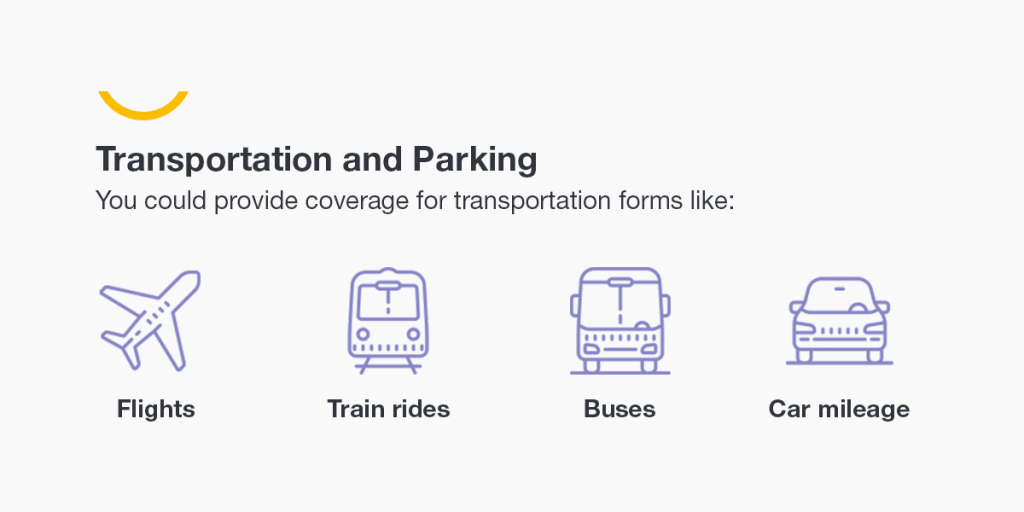Many nonprofit organizations maintain a combination of employees and volunteers to achieve their goals. However, this structure can also spark questions, especially about payment — should volunteers receive compensation for their work? Nonprofit leaders want to create the best experience for their volunteers but might wonder how they should compensate them for their dedication.
Some organizational leaders give volunteers different types of compensation or benefits. The decision depends on your available budget and resources. This guide explores the different types of volunteer payment and how they can affect your organization.
What Is the Difference Between a Paid and Unpaid Volunteer?
You can categorize volunteers into two types — paid and unpaid. In general, an unpaid volunteer is an individual that provides their time to an organization without expecting compensation.
To qualify as a volunteer, the individual must meet these requirements:
- They must work for a nonprofit or government agency.
- They must work less than full-time for the organization.
- The organization cannot consider them an employee.
- The organization cannot coerce a volunteer into participating.
- Volunteers cannot replace other employees with their work.
Because organizations can’t treat them as employees, volunteers aren’t covered by the Fair Labor Standards Act. However, the Volunteer Protection Act shields them from civil liabilities and other negative outcomes.
In contrast, paid volunteers provide services and receive compensation in return. They don’t provide complete paychecks, but organizations might offer to pay for certain expenses to make it easier for volunteers. Paid volunteers must meet the same requirements as unpaid volunteers.
Some organizations offer volunteer stipend agreements that provide straightforward funds. However, you shouldn’t give more than $500 in direct monetary amounts. If you exceed that limit, volunteers lose their protections under the Volunteer Protection Act. However, volunteers can get paid through other compensation forms, such as payments for food, transportation, or other expenses.
It’s important to establish distinctions between employees, paid volunteers, and unpaid volunteers. If not, you could face financial confusion later.
How Can You Pay Volunteers?
Your organization can offer payment to some volunteers in various ways, including these ideas:
1. Lodging and Meal Expenses
If your organization takes frequent trips, consider paying for volunteers’ lodging, meals, and other accommodations. Coverage for food and living expenses can boost volunteers’ retention and morale. For example, your team might work in a location with limited food options. Your organization could provide meals to ensure volunteers have time to eat and work.
You could also encourage volunteers to stay on your premises during big projects. By covering lodging expenses, you make it easier for volunteers to participate. Many team members might travel from other states or countries to volunteer, and offering tax-free housing makes the process more accessible.
2. Transportation and Parking

Your organization can also offer reimbursements for travel. You could provide coverage for transportation forms like:
- Flights
- Train rides
- Buses
- Car mileage
Or, If you have mostly local volunteers, consider offering free parking or carpool options.
This assistance can make volunteering more accessible and sustainable, increasing a volunteer’s commitment to your organization.
3. Freebies and Discounts
Gifts show your volunteers how much you appreciate their service. You could offer gifts like:
- Hats
- T-shirts
- Mugs
- Pens
- Cups
- Stickers
- Tote bags
Customizing gifts with your nonprofit’s logo or name can provide even more benefits. Every time a volunteer wears your nonprofit’s hat or t-shirt, they can remember their experience with your organization. When they wear the merchandise, it spreads awareness about your mission and company details.
Another option is to offer discounts for your nonprofit’s products or services. The reduced prices keep them engaged with your organization between volunteer opportunities, which can increase retention.
4. Educational Training
While many people volunteer out of the kindness of their hearts and desire to contribute to a better community, some also appreciate getting to add the experience to their job or educational resume. For instance, your leadership might offer to write recommendation letters as an added benefit for their service to your organization.
Taking the time to write personalized documents that can help further your volunteers’ careers or education can make a world of difference in their experience with your mission. As an alternative, you could also offer free webinars or training that help your volunteers gain valuable life and work-related skills they can add to their resumes.
5. Appreciation Parties or Events
Another way you can show your gratitude for volunteers is by planning and hosting social events where everyone can get together and have fun. You might plan a nice dinner with an open bar, or create a themed event where everyone can dress up and play games. To get your volunteers involved, you can even hold a vote and let them pick what type of party or event they’d like to experience most.
What Are the Pros and Cons of Paying Volunteers?
While providing specific types of reasonable benefits and reimbursement for expenses can help recruit and retain volunteers, paying your volunteers with cash or gift cards has downsides. Providing payments to some volunteers as you would employees can jeopardize their status as a volunteer, which means they can lose protection and may be subject to compensation tax. Your nonprofit could be exposed to wage and hours claims if you decide to pay them or fail to provide clear distinctions about their role as a volunteer.
If you wish to provide benefits or perks to your volunteers, ensure it’s also not tied to their work hours. Paying volunteers according to the hours they’ve worked could be considered a substitute for compensation — which means your volunteers technically become employees.
As long as you meet requirements and do not pay your volunteers in any of the ways listed above, you can still provide compensation and benefits for your hard workers. Whether you decide to host the ultimate party after a successful fundraiser or reimburse your volunteers for meals and transportation throughout their time working for your mission, it will surely leave a positive impression on them.
See How Volgistics Can Help You Create a Positive Experience for Volunteers

As you can see, there are many different possibilities when it comes to treating your volunteers with the respect and appreciation they deserve. If your organization decides not to pay volunteers, you can still offer various benefits that can help attract volunteers and boost retention. At Volgistics, we know how challenging it can be to oversee your entire volunteer pool and ensure everyone meets expectations.
Our volunteer management software can help you streamline communication with volunteers, implement easier scheduling, track hours, and receive feedback so you can continuously improve your mission. When your volunteers are happy, it will only help your organization grow and become more successful. Volgistics lets you more easily manage volunteers and help you meet their needs. Learn more about Volgistics’ software by signing up for a 30-day free trial or viewing the live demonstration.

